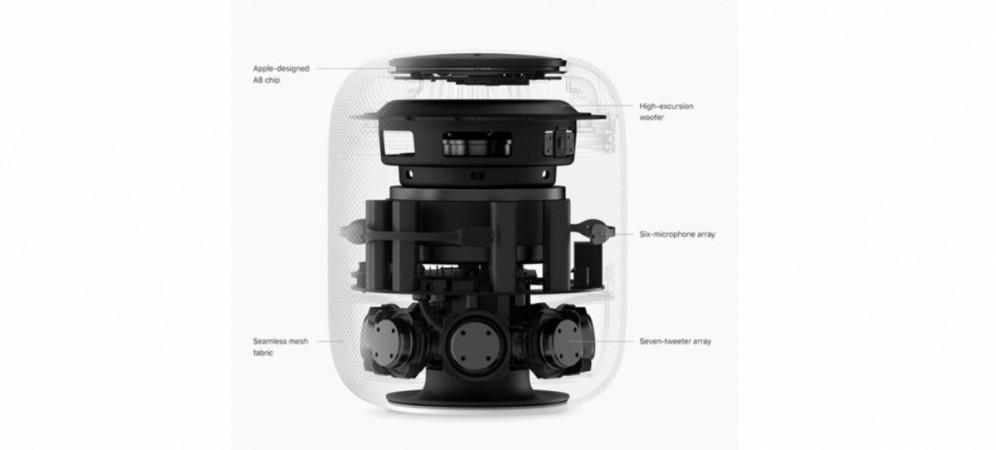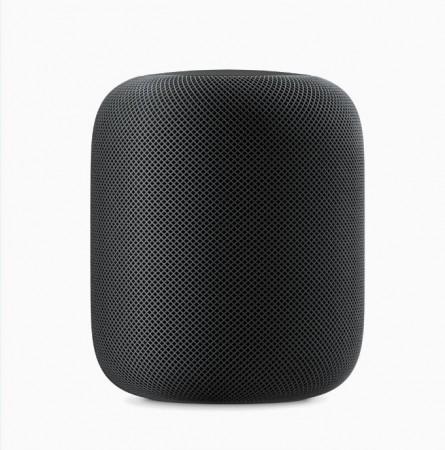Cupertino-based technology behemoth Apple started the sale of HomePod smart speaker in a handful of international markets on February 9.
The Amazon Alexa Echo-rival will be initially available in the US, Australia, and the UK for $349 (approx. €283/Rs 22, 238). It comes in two color variants — white and space grey.
Interested customers can head to brick-and-mortar stores — The Good Guys, Harvey Norman, JB Hi-Fi, Myer and Telstra in Australia. As far as in the UK, people can buy the HomePod straight off the counter at Argos, Dixons Carphone (Currys PC World), John Lewis, Shop Direct (Very and Littlewoods), EE and Apple Premium Resellers.
In the US, you get it from Apple Stores and at select Apple-authorized resellers, including Best Buy.
Also, consumers who pre-ordered flagship Apple smart speaker in late January will be getting it delivered to their doorstep starting today.

For now, Apple has plans to expand the availability of the HomePod in France and Germany this spring. There is no official word on when Apple intends to make the smart speaker available in wider regions beyond developed markets including India.
Is Apple HomePod worth its $349 price-tag?
Yes. Apple HomePod is worth the price it commands. It has got both the visual appeal and the powerful internal hardware to match existing rival brands such as Amazon's Alexa-powered Echo and Google Assistant-based Home smart speaker.

It is 7.0-inch tall and boasts an eye-catching design language with curvaceous column-like structure with textured contours. A multi-lighting display at the top produces waves when Siri is activated.
Since Apple HomePod is a smart speaker, the company promises that it delivers top-notch sound quality with deepest and cleanest bass possible, with low distortion. Apple has incorporated aesthetically pleasing upward-facing woofer, paired with the custom A8 chip that enables bass management through real-time software modeling.
It also houses seven beam-forming tweeters, each with its own amplifiers to provide a well-balanced smooth tone. HomePod also boasts automatic room-sensing technology, which is intuitive enough to quickly learn its position in a room, whether it's in a corner, on a table or in a bookshelf, and is optimized to deliver an immersive music listening experience wherever it is placed.

The company has also included two speakers, which use both direct and reflected audio to deliver audio wirelessly for an even more immersive experience.
Apple, in a bid to make HomePod understand voice-commands in a single attempt, has incorporated a six-microphone array with advanced echo cancellation that enables Siri to recognize people whether they are near the device or standing across the room, even while loud music is playing.

When away from home, users can still remotely access and perform home automation on HomePod through the Home app on iPhone or iPad.
It is compatible with iPhone 5s and later models, running iOS 11 and will be competing with Google Home and Amazon's Alexa-powered Echo.









